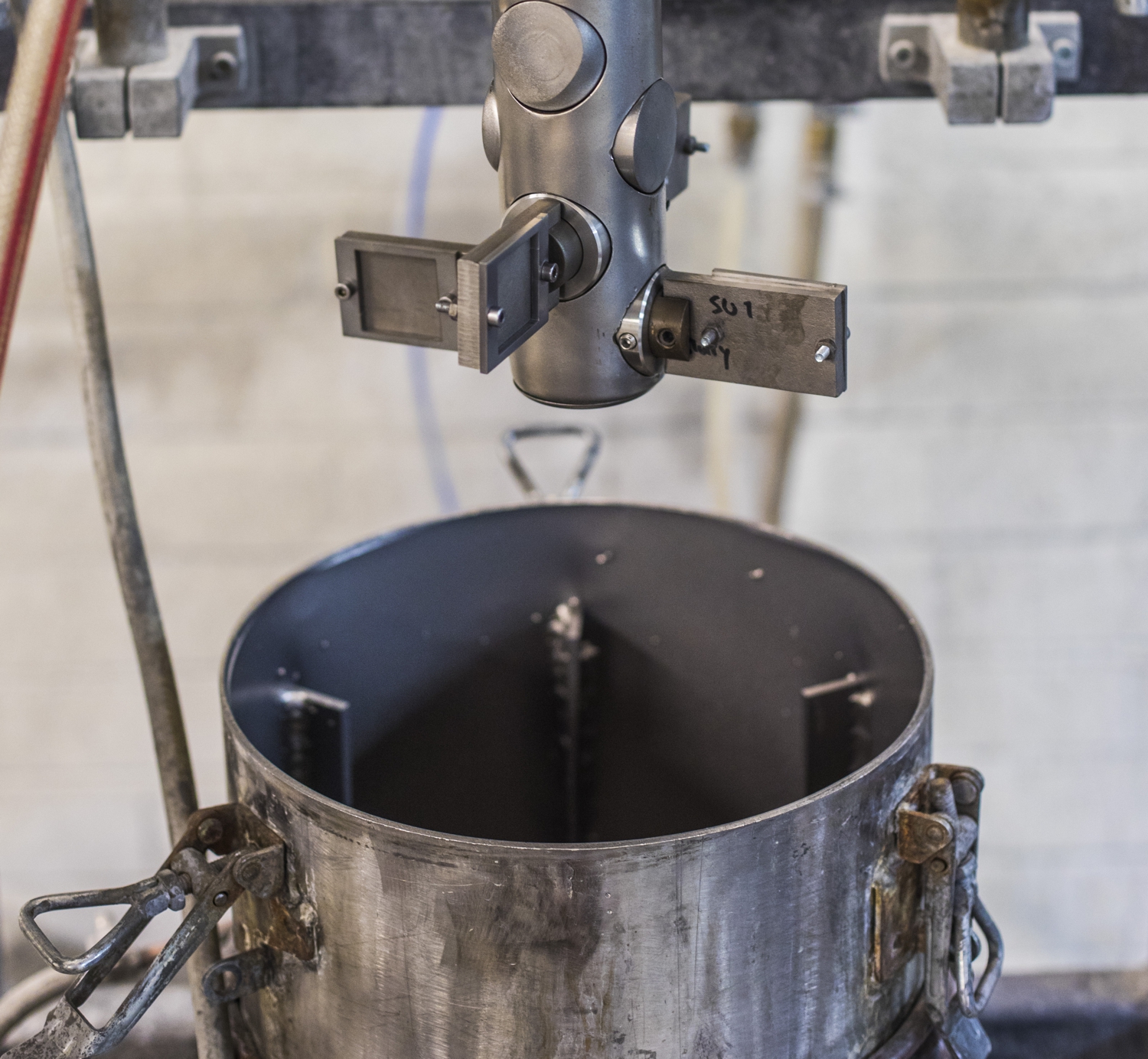Grain refinement has been widely used to enhance the hardness and toughness properties of metallic materials. However, the effect of prior austenite grain refinement on the final martensitic microstructure and wear performance of steels is not yet fully understood. In this study, induction hardening treatment with heating rates in the range 50–500 °C/s to the peak temperatures of 900 and 1000 °C followed by water quenching has been employed to produce through-hardened microstructures in a new medium-carbon, low-alloy steel intended as a slurry transportation pipeline material. The results revealed that in the range of achieved prior austenite grain size i.e. 2-15 μm, during different heating paths, the final martensitic microstructures experienced only a slight difference in the size of blocks and level of hardness. The mean hardness, hardness homogeneity, and grain structure uniformity were highest with a heating rate of 50 °C/s, especially for those samples which were re-austenitized at the peak temperature of 900 °C. A pin-mill type of high-speed slurry-pot wear tester was used to evaluate the slurry erosion behavior of the steel. It was found that prior austenite grain size in the above-mentioned range had no significant effect on the final microstructure and hardness value, however, the slight difference in martensite block size did notably influence the work hardening behavior and consequently the wear mechanism of the samples during the tests.
Open access article in collaboration with the University of Oulu now available: Javaheri, V., Haiko, O., Sadeghpour, S., Valtonen, K., Kömi, J., Porter, D. 2021. On the role of grain size on slurry erosion behavior of a novel medium-carbon, low-alloy pipeline steel after induction hardening, Wear 203678, https://doi.org/10.1016/j.wear.2021.203678
Photo: Jonne Renvall, Tampere University

